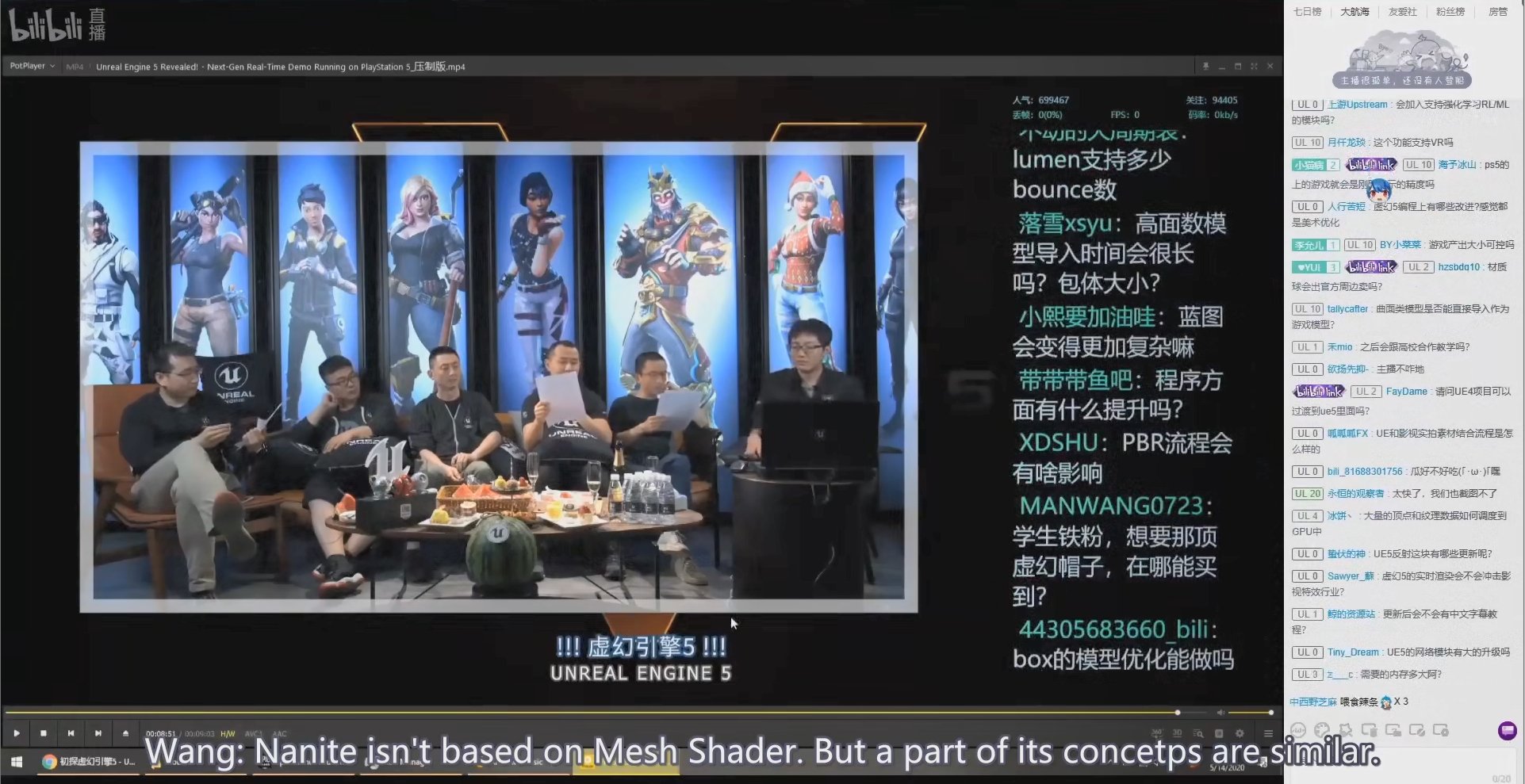Frenetic Pony
Veteran
Exactly, it's likely at least 9 months before Early Preview builds and 17 months before Final Release; Nearly an eternity in terms of being able to refine and optimize.
Meh, it's... semi bluster? It's a tech demo, things never look like tech demos. It's like great, you did a thing in a tech demo. Now run game code and volumetric fog and clouds and raytraced reflections and a hundred characters and animate that forest and people and the enemies are tossing fireballs and oh there goes your 60fps again.
This is exactly why I expect only a few more series (and most indie games) to go 60fps in the mid run. Maybe when silicon is replaced as a semiconductor with something that can hit a hundred gigahertz at lower power, then we won't have to care. Pathtrace everything at a hundred fps, we've got 500 teraflops so why not! But until then there's still a tradeoff between visual quality and frames per second, and as some series reach the bar of "good enough" visual quality they'll go 60 fps. But the bar isn't to where every series is going to.



